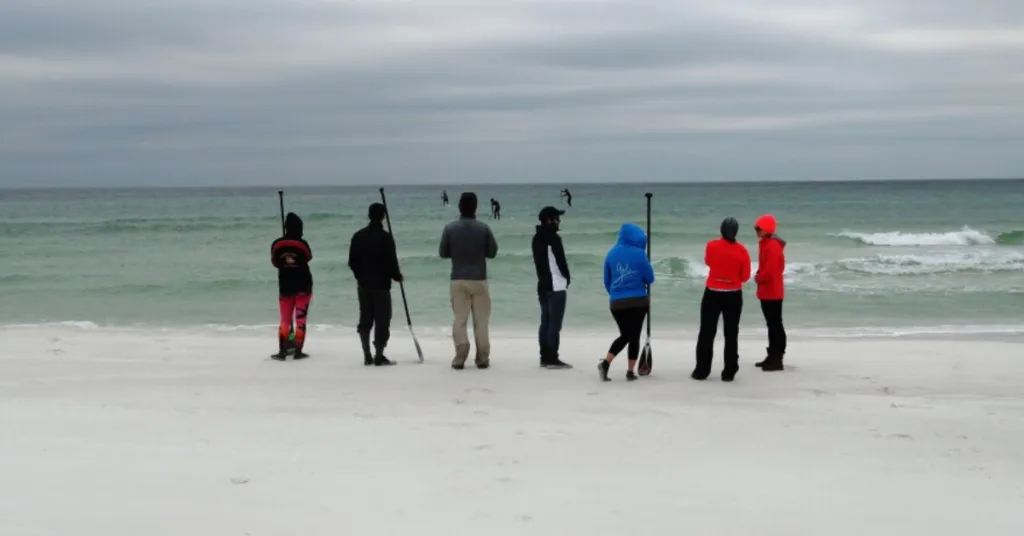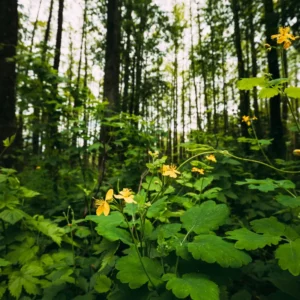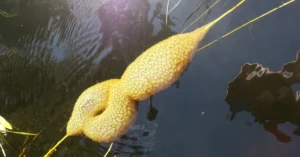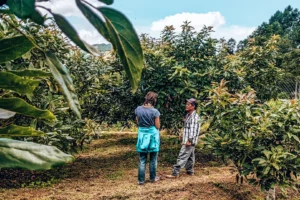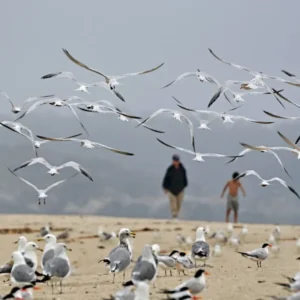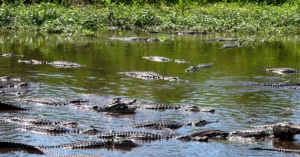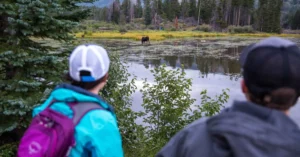Coastal destinations are beautiful. Many people love to visit the beach. But, our visits can be tough on the environment. The activities and buildings for tourists can harm the places where sea animals live. This blog talks about the effects of tourism on marine life. It looks at how tourism can hurt the ocean and the animals living in it. We’ll see how things like hotels and litter change the natural homes of these animals.
We will also learn how we can help. By making small changes, we can protect these beautiful places and their wildlife. It’s important for us to know how to visit the beach without harming nature.
Let’s find out how to enjoy our beaches responsibly. By understanding and caring, we can help keep our oceans safe and clean for everyone. Together, we can make a big difference.
Economic Benefit Vs. Environmental Cost
Tourism brings money and jobs. It helps local shops and restaurants thrive. People come from all over to enjoy the beach and the sun.
This influx of visitors can really boost the economy. The money tourists spend helps the local community grow. It builds schools, parks, and hospitals.
But, there is another side to this. Tourism can also harm the environment. More people mean more waste and more buildings. This can damage the homes of fish and other sea creatures.
When hotels are built near the beach, the sand and plants that animals depend on can be destroyed. Boats that take tourists around can pollute the water with oil. This pollution makes it hard for fish to live and find food.
Tourists can also disturb the animals. Their presence can scare away wildlife, disrupting their natural behaviors. For instance, baby turtles may struggle to reach the sea because of the lights and noise from beach parties.
We see that while tourism helps people by creating jobs and bringing money, it can also harm the marine environment.
It’s important to find a balance so that both people and nature can thrive together. By being mindful of our impact, we can enjoy these beautiful places without causing harm.
Specific Impacts Of Tourism On Coastal Wildlife
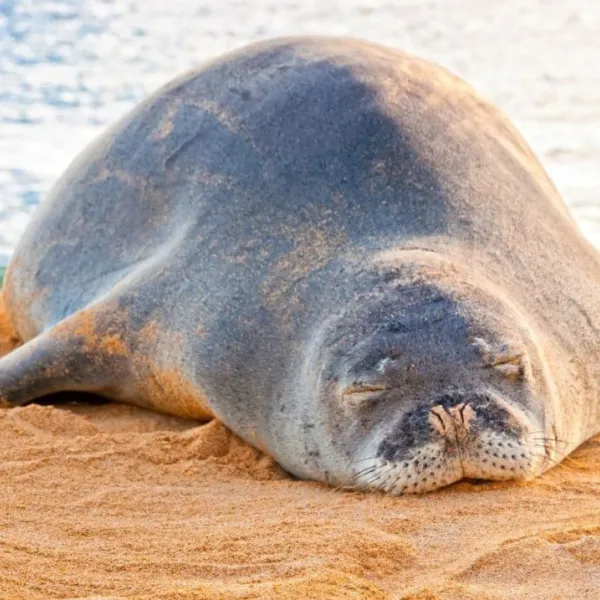
Habitat Destruction
Tourism infrastructure often requires substantial development along coastlines. This includes the construction of resorts, walkways, marinas, and other facilities that attract tourists.
Such development typically involves altering the landscape, clearing vegetation, and modifying the terrain, which leads to significant habitat loss.
The destruction of these natural habitats displaces local wildlife and disrupts ecosystems.
For example, sea turtles lose their nesting beaches, and birds that rely on shoreline vegetation for nesting and feeding are left without resources.
Pollution
Tourism contributes to several types of environmental pollution that directly impact marine life:
- Water Pollution: This occurs when untreated or inadequately treated sewage from hotels and resorts is discharged into the ocean. The nutrients from sewage can lead to algae blooms that deplete oxygen in the water, harming marine organisms.
- Marine Litter: Tourists often leave behind waste, such as plastic bags, bottles, and other debris, which can end up in the ocean. Marine animals may ingest this debris or become entangled in it, leading to injury or death.
- Sunscreen Pollution: Many sunscreens contain chemicals like oxybenzone and octinoxate, which can wash off swimmers’ bodies and accumulate in the water. These chemicals are toxic to corals and other marine life, causing coral bleaching and damage to adult and developing corals.
Disturbance To Marine Life
The presence and activities of tourists can significantly disturb marine life:
- Boat Traffic: Boat tours and personal watercraft create noise and physical disturbances in marine environments. The noise pollution interferes with the communication, navigation, and echolocation abilities of marine species such as dolphins and whales.
- Snorkeling and Diving: While snorkeling and diving allow people to explore marine environments, these activities can be harmful if not done responsibly. Touching or stepping on coral reefs can cause physical damage, and chasing or feeding marine wildlife alters their natural behaviors and diet.
- Fishing and Spearfishing: Recreational fishing and spearfishing, often part of tourism, can lead to overfishing and disrupt local fish populations. This not only affects the species targeted but also the larger ecosystem balance.
Highlighting Key Affected Species
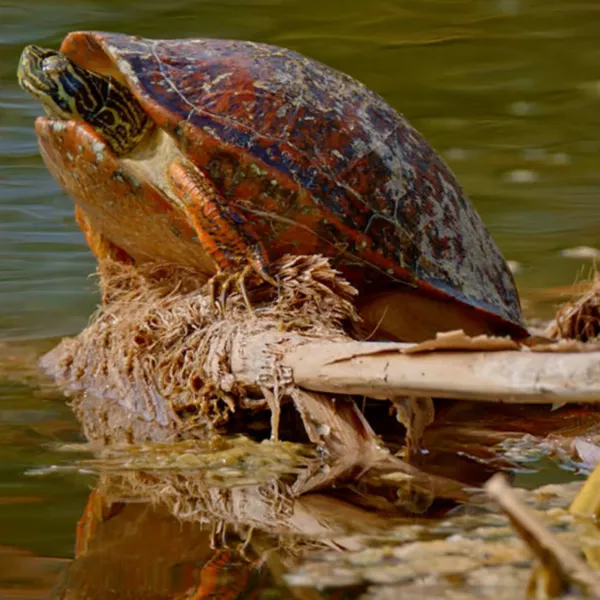
Tourism impacts many marine species. Some animals are more vulnerable to disturbances from tourist activities. Let’s look at a few species that are particularly sensitive.
Key Species Affected By Tourism
- Sea Turtles: Sea turtles rely on beaches to lay their eggs. Development reduces their nesting spaces. Hatchlings get confused by beach lights and noise, which can lead them away from the sea.
- Dolphins: Dolphins suffer from boat traffic. It disrupts their communication and can lead to injuries from boat collisions. They also face disturbances from water sports.
- Coral Reefs: Coral reefs are fragile. Snorkelers and divers can accidentally damage them. Corals also suffer from chemicals in sunscreens and sewage that pollute the water.
- Mangroves: Mangroves are cut down to build tourist facilities. They are crucial as they protect the coastline and serve as breeding grounds for fish. Pollution from tourism also affects their health.
- Shorebirds: Human activity on beaches can destroy shorebird habitats. Their feeding and breeding are disrupted when their environment is not peaceful.
How Tourists Can Make A Difference
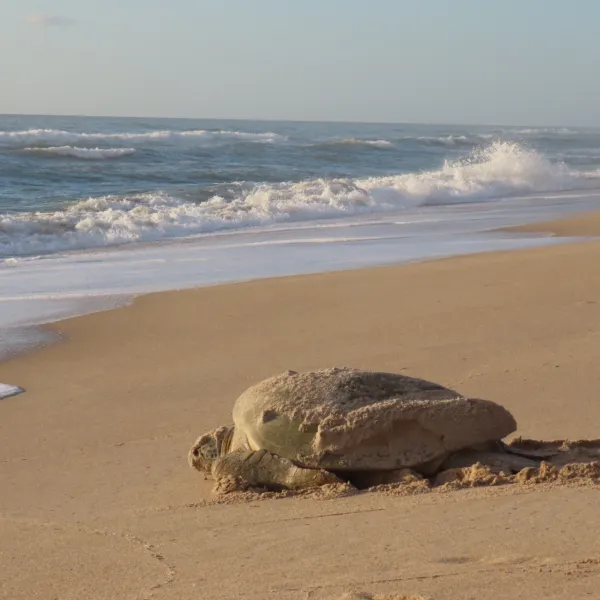
Every traveler has the power to protect the environments they visit. By adopting sustainable practices, we can significantly reduce our impacts on natural habitats and local communities.
This guide offers practical tips for making environmentally friendly choices before and during your travels.
Plan Your Visit
- Choose Sustainable Destinations: Opt for locations that prioritize environmental conservation. Research destinations that actively engage in protecting their natural landscapes and wildlife.
- Eco-Certified Accommodations: Book your stay at hotels and resorts that have received eco-certifications. These establishments have proven their commitment to environmental sustainability through measures like energy efficiency, waste reduction, and water conservation.
- Packing Tips: Pack light and smart to minimize waste. Bring biodegradable products and avoid single-use plastics. Carry reef-safe sunscreen to avoid contributing to coral bleaching, and pack reusable items like water bottles, shopping bags, and utensils to decrease your reliance on disposable products.
Engaging Responsibly
- Responsible Wildlife Interactions: Always observe wildlife from a distance. Avoid interactions that could stress animals, such as touching, feeding, or noisy behavior. Use quiet voices and move slowly to keep from disturbing their natural activities.
- Minimize Your Footprint: Follow guidelines and stay on designated paths while hiking to prevent damage to local flora. Choose eco-friendly transportation options such as biking, walking, or using public transit to reduce carbon emissions. Support local economies by purchasing from local artisans and eating at restaurants that source ingredients sustainably.
Large-Scale Efforts To Protect Coastal Wildlife
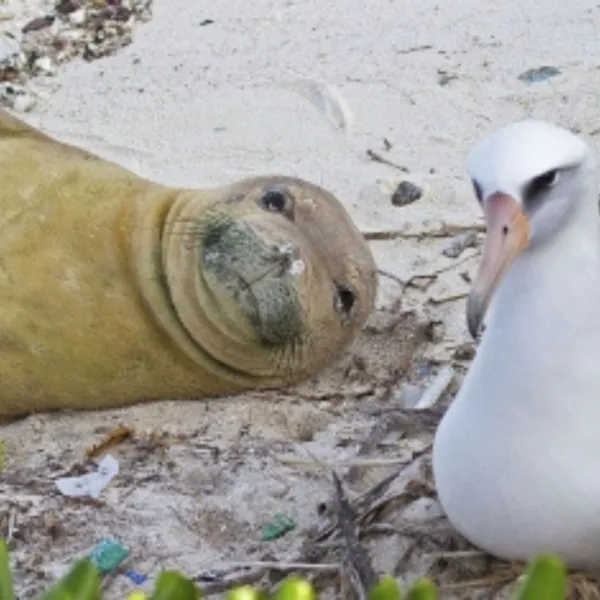
Around the world, efforts to protect coastal wildlife are gaining momentum.
Governments, communities, and international organizations are working together to implement policies and initiatives that mitigate the impact of tourism on natural ecosystems.
Government Regulations And International Agreements
- Marine Protected Areas (MPAs): Many countries have established MPAs to restrict activities that harm marine life. These areas often prohibit fishing, restrict boat traffic, and control waste disposal to protect biodiversity.
- Wildlife Interaction Protocols: Regulations have been set to manage how tourists can interact with wildlife. For example, guidelines on how close boats can get to whales or how tourists should behave when snorkeling near coral reefs to minimize stress on the animals.
- Sustainable Tourism Certifications: International bodies offer certifications to tourism businesses that meet high environmental standards. These certifications encourage practices like using renewable energy, reducing waste, and conserving water.
Community-Led Conservation Projects
- Beach Clean-Up Campaigns: Coastal communities organize regular clean-up events to remove trash from beaches and coastal waters, helping to maintain habitat quality for marine life.
- Coral Reef Restoration Programs: Local groups often partner with scientists to restore damaged coral reefs. Tourist volunteers are sometimes invited to participate in these programs, planting coral or helping to remove invasive species.
- Educational Eco-Tours: Some communities offer tours guided by local experts who teach tourists about local ecosystems and conservation efforts. These tours often include components where tourists can contribute directly, such as by planting mangroves or participating in wildlife monitoring.
Technology-Driven Conservation Efforts
- Wildlife Monitoring Technology: Advanced technologies like drones and satellite imaging are being used to monitor wildlife populations and human activities in sensitive areas. This data helps authorities enforce regulations more effectively.
- Eco-Friendly Infrastructure: Innovations in sustainable construction are being applied to develop less intrusive tourism infrastructure. This includes floating walkways that do not disturb the seabed and eco-resorts designed to blend into their natural surroundings.
Summing It Up
We all have a part to play in protecting our beautiful coastlines and the diverse wildlife that call them home.
By choosing to follow sustainable practices, supporting community conservation efforts, and respecting wildlife, we can reduce the effects of tourism on marine life. Every action counts, whether it’s participating in a beach clean-up, staying at eco-friendly accommodations, or simply following guidelines during our interactions with nature.
Let’s travel responsibly and help preserve these precious ecosystems for future generations to enjoy. Your choices make a big difference!

